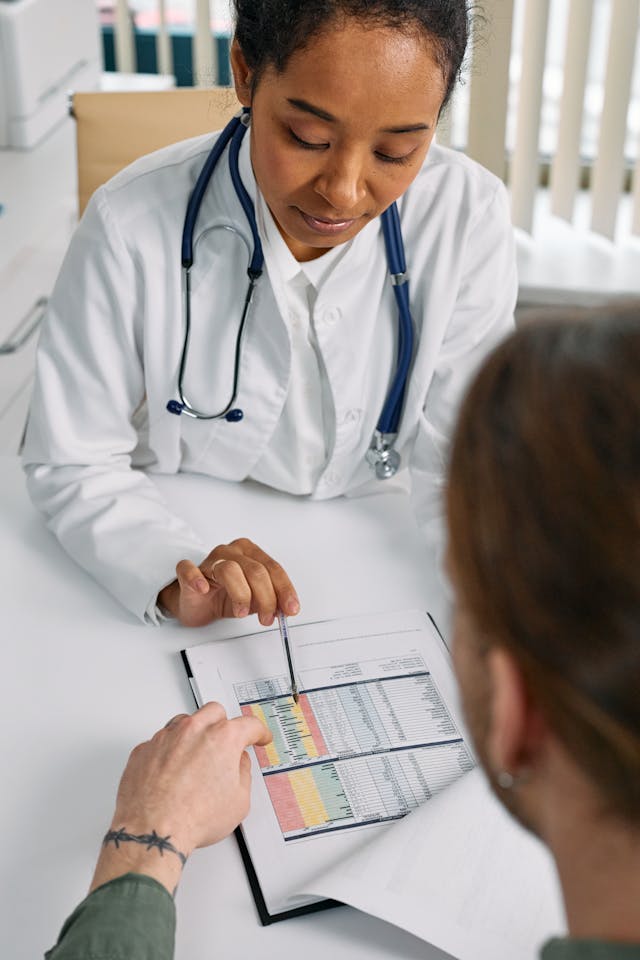
Understanding women’s health is essential for fostering a supportive and empathetic environment, whether it’s for a partner, family member, or friend. Men who educate themselves on this topic can better support the women in their lives. This guide provides an overview of key aspects of women’s health, covering reproductive health, pelvic health, mental well-being, and common health issues that women face.
Reproductive Health
Women’s reproductive health is a broad area that encompasses menstruation, contraception, pregnancy, and menopause. Understanding these aspects can help men support women through different life stages.
Menstruation: Menstruation is a natural monthly process where the uterine lining sheds if no pregnancy occurs. Symptoms like cramps, bloating, and mood swings can vary in intensity.
Contraception: There are various contraceptive methods, including birth control pills, intrauterine devices (IUDs), implants, and condoms. Each method has its pros and cons, and it’s important for men to respect and support a woman’s choice regarding contraception.
Pregnancy: Pregnancy is a significant period requiring physical and emotional support. Understanding the stages of pregnancy, common symptoms, and potential complications can help men provide better support.
Menopause: Menopause generally happens between 45 and 55 years old and marks the end of a woman’s menstrual cycles. Symptoms like hot flashes, mood changes, and sleep problems can be challenging.
Pelvic Health and Diseases
Pelvic health is a crucial aspect of women’s overall well-being, encompassing the organs and structures of the pelvic region, including the bladder, uterus, vagina, and rectum, with companies like Pelvic Relief offering products to treat symptoms. Understanding common pelvic health issues can help men offer informed support.
Pelvic Floor Dysfunction: The pelvic floor muscles support the pelvic organs and help regulate bladder and bowel functions. Weakness or damage to this area can lead to incontinence and pelvic organ prolapse.
Endometriosis: Endometriosis is a painful condition. Tissue grows outside the uterus, causing pain and potentially leading to infertility. Symptoms include severe menstrual cramps, chronic pelvic pain, and pain during intercourse.
Pelvic Inflammatory Disease (PID) is an infection of the female reproductive organs. It can often result from sexually transmitted infections (STIs). Symptoms include pelvic pain, fever, and abnormal discharge. Early antibiotic treatment is essential.
Interstitial Cystitis: This chronic bladder condition causes recurring pain and pressure in the bladder area, along with frequent, urgent urination. Understanding that this condition can significantly impact a woman’s quality of life and supporting her in seeking medical care can be helpful.
Common Health Issues
Understanding common health issues that affect women can help men be more supportive and proactive in promoting health.
Breast Cancer: Regular screenings and self-exams are vital for early detection.
Osteoporosis: Women are at higher risk of getting osteoporosis, a condition that weakens bones. Calcium, vitamin D intake, and weight-bearing exercise can help maintain bone health for people at risk of the condition.
Heart Disease: Heart disease is a leading cause of death for women. Symptoms can be different from those in men, often including fatigue, nausea, and shortness of breath.
Conclusion
Men who educate themselves about women’s health can provide better support and understanding, fostering healthier and more empathetic relationships. By recognizing the unique health challenges women face and offering practical and emotional support, men can positively impact the well-being of the women in their lives. Understanding reproductive health, pelvic health, mental health, and common health issues is a great starting point for becoming a more supportive partner, family member, or friend.

